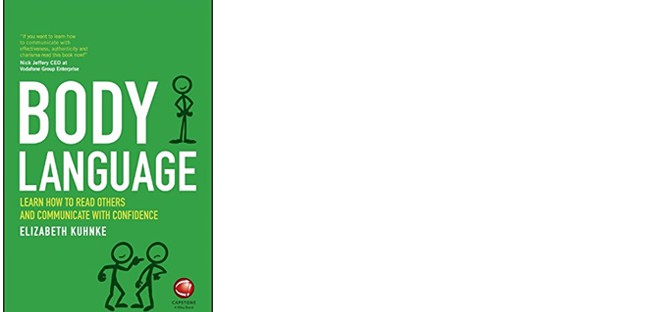Latest posts
A masterclass in creating value
What’s going on at parkrun?
Virtue-signalling all the way to the bank
Bud Light: brand purpose or virtue-signalling?
The Coddling of the American Mind, by Greg Lukianoff and Jonathan Haidt
Belonging, by Owen Eastwood
Such a simple thing
The Long Win, and The Scout Mindset
The Cult of We by Eliot Brown and Maureen Farrell
Coffee and covid modelling
By theme
Marketing strategy
Insight & metrics
Innovation & inspiration
Brand & positioning
Marketing communications
Business purpose
Leadership
By industry sector
Financial services
Retail
FMCG
Technology & start-ups
Consumer services
Business to business
Other sectors
By type
Books
Comment
Quotes
Thought leadership
“Learn how to read others and communicate with confidence” says the subtitle. It’s a useful reminder to be conscious of your own body language and that of others, but if there is a universal body language you can learn to read and to speak, this little book only does pidgin level. Approach it as a refresher of the basics you already know. It doesn’t reveal any great secrets, but there are a few useful tips to help you maximise positive impact.
It’s organised by situation-specific chapters, like interviews, meetings and negotiation, handy to dip into for a reminder if you have a tricky situation coming up. Some of the best advice is not about body language at all, but about attitude and managing what’s in your head, reflecting the author’s work as a coach. The chapter on networking, for example, recommends being curious, seeking to give rather than receive help, and of course having fun. If that sounds impossible, remember the old adage, “fake it to make it”, which lives on here as advice to adopt the attitude you want to convey, and you may find you start to feel it.
It becomes repetitious because some behaviours – such as eye contact (enough but not too much), together with leaning in and not interrupting – will serve you well in many situations. But you knew that. Elsewhere there are advice lists you will want to skim over fast – including such gems as “Dress appropriately” for interviews” – but you may enjoy her guide to flirting, which she says we all need to do.
Latest posts
A masterclass in creating value
What’s going on at parkrun?
Virtue-signalling all the way to the bank
Bud Light: brand purpose or virtue-signalling?
The Coddling of the American Mind, by Greg Lukianoff and Jonathan Haidt
Belonging, by Owen Eastwood
Such a simple thing
The Long Win, and The Scout Mindset
The Cult of We by Eliot Brown and Maureen Farrell
Coffee and covid modelling
By theme
Marketing strategy
Insight & metrics
Innovation & inspiration
Brand & positioning
Marketing communications
Business purpose
Leadership
By industry sector
Financial services
Retail
FMCG
Technology & start-ups
Consumer services
Business to business
Other sectors
By type
Books
Comment
Quotes
Thought leadership
